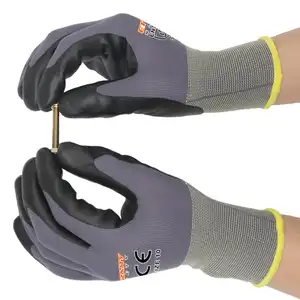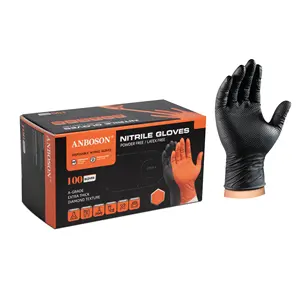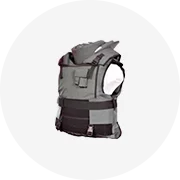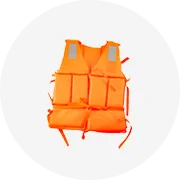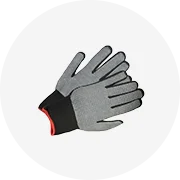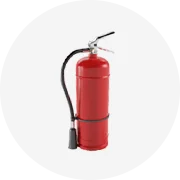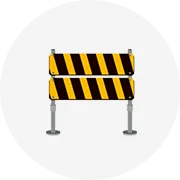Popular in your industry






























































Top categories
About german army helmet
Exploring the German Army Helmet: A Historical and Modern Perspective
The German army helmet has a storied history, evolving through the years from the iconic Prussian military helmet to the modern designs used by the Bundeswehr. This category encompasses a range of helmets, including the German army helmet WW1 and WW2 models, known for their distinctive shapes and historical significance.
Design and Features of German Military Helmets
Modern iterations, such as the modern German military helmet, have been designed with advanced materials to provide enhanced protection. The design includes breathable vents for heat dissipation and multi-point buffering to reduce damage from impacts. The cap shells are thickened using special raw materials, improving the durability and safety of the helmets without compromising on comfort.
Customization and Application
Customization is a key aspect of the German military helmet, allowing for the addition of company names, logos, and other identifiers. This feature is particularly useful for differentiating units and maintaining uniformity within military organizations. The helmets are not only used by the military but are also sought after by collectors and historians, with pieces like the WW2 Wehrmacht helmet and east German army helmet being of particular interest.
Materials and Sustainability
The materials used in the production of German military hats and helmets are selected with sustainability in mind. The production process incorporates environmentally friendly materials, reflecting a commitment to environmental responsibility. The materials are standardized to ensure consistency in safety and quality across the range of helmets offered.
Advantages of Modern German Army Helmets
The German army helmet modern versions are designed with a focus on safety and functionality. The strategic placement of ventilation holes and the use of new materials for the cap shell contribute to a helmet that is both safe and comfortable for extended wear. The built-in stress points are engineered to disperse impact forces, providing effective protection in the event of an accident.
Conclusion
Whether for historical reenactments, military use, or personal collections, the range of German army helmets available caters to a variety of needs and preferences. The helmets are a testament to the evolution of military gear, from the pickelhaube soldier of the Prussian era to the modern soldier of the Bundeswehr. Each helmet serves as a piece of history, a tool for protection, and a symbol of the enduring legacy of German military design.



